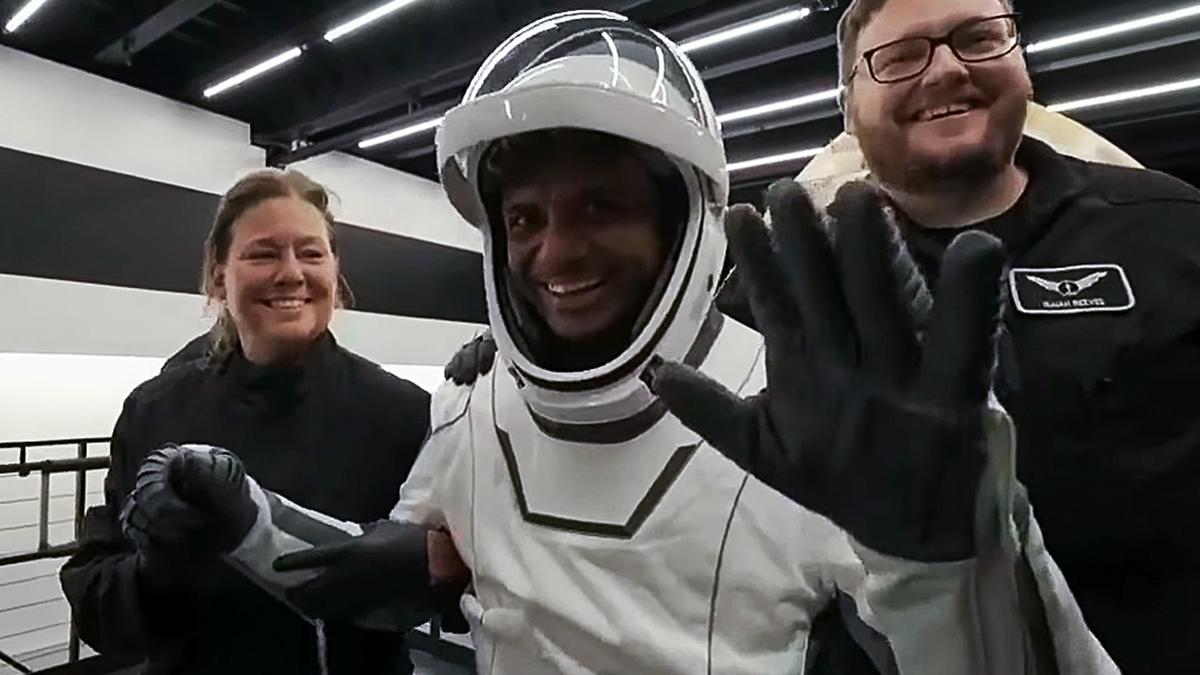Group Captain Shubhanshu Shukla and Axiom-4 crew assisted out of the Dragon Spacecraft onto the recovery vehicle, after their return to earth from the International Space Station 18 days later, on July 15, 2025.
| Photo Credit: ANI
The Indian Space Research Organisation (ISRO) on Tuesday (July 15, 2025) said that Indian astronaut Group Captain Shubhanshu Shukla was undergoing a structured post-mission medical evaluation and recovery protocol under the supervision of Axiom Space and ISRO flight surgeons.
“The capsule was recovered promptly by SpaceX’s recovery teams, and Shukla was extracted in stable condition,” ISRO said.
Axiom-4 splashdown: Follow LIVE updates on July 15, 2025
It added that Mr. Shukla’s post-mission medical evaluation and recovery protocol would span seven days.
“The post-mission medical evaluation and recovery protocol includes cardiovascular assessments, musculoskeletal tests, and psychological debriefs aimed at ensuring full physiological recovery and data capture for future missions,” the space agency said.

As part of India’s participation in Axiom-04, a dedicated ISRO high-level delegation and a Mission Operations Team were deployed to Kennedy Space Centre, Florida, ahead of the launch.
Later, both teams moved to the Johnson Space Centre, Houston, to join in the docking operations.
The Mission operations team continued to stay there, gaining invaluable first-hand experience in managing human spaceflight operations.
“The team was embedded alongside NASA and Axiom flight controllers, participating in real-time decision-making, telemetry tracking, crew timeline management, and health monitoring of both the astronaut and the science payloads. This exposure provided critical insights into international crewed mission coordination, emergency response protocols, and the complexities of orbital operations,” ISRO said.
It further said that this collaborative mission would serve as a vital stepping stone in building India’s own crewed mission operations infrastructure, enhancing readiness for future indigenous human spaceflight programs such as Gaganyaan and the Bharatiya Antariksha Station (Indian Space Station).
Published – July 15, 2025 10:33 pm IST
